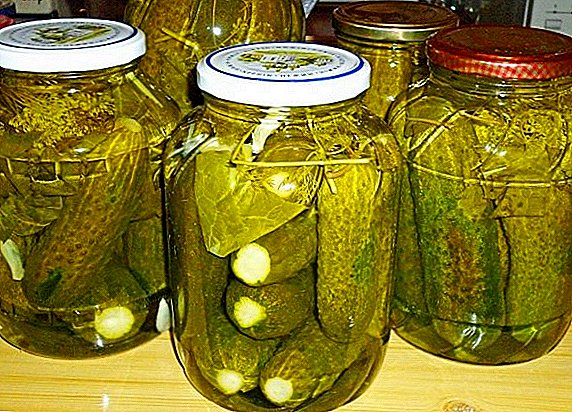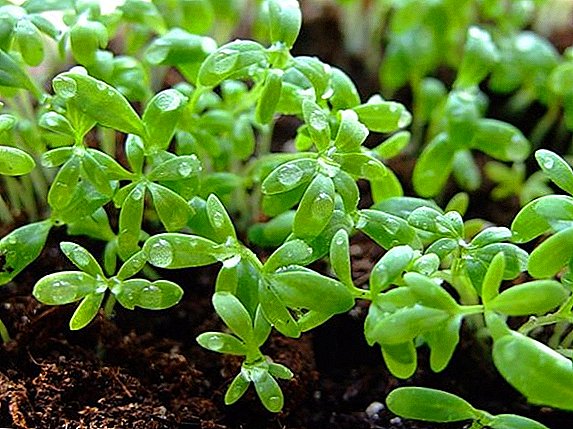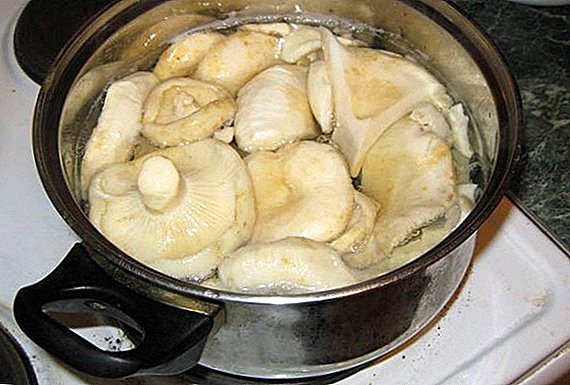
Garden radish is one of the extremely popular spring vegetables, and if the birth occurred in the spring - the young mother naturally asks herself questions whether to eat this product during breastfeeding and whether it is possible to introduce it into your diet during this period.
Radish contains phosphorus, potassium, iron, calcium and magnesium - they will provide a nursing mother with a good metabolism, will contribute to reducing excess weight, improve immunity.
But there are some features of the chemical composition that do not allow to enter this vegetable into the diet too early. Consider all the details in more detail in the article.
Why the question arises about banning radish with HB?
Radish, in addition to a large amount of fiber that can cause increased gas formation in mothers and babies, contains mustard oil in a significant amount - it explains their bitter taste. Eating a large amount of radish salad can change the taste of breast milk to unpleasant, and the baby will refuse breastfeeding. This risk is the greater, the younger the child.
Important! Radish contains a very large amount of vitamin C - if you exceed the daily dose, it can cause diathesis in an infant. The combination of a large amount of minerals with hardly digestible fiber can lead to an allergic reaction or diarrhea in a baby.
When is breastfeeding allowed?
- In the first month. In the first month after birth, the use of radish is not recommended. A newborn baby may experience not only allergic reactions and colic, it may simply refuse to breastfeed, since in the first month the baby is most sensitive to the taste of milk.
- After the first month. It is ideal to introduce a vegetable into the diet of a nursing mother after three months of breastfeeding. By this time, it is usually clear whether the infant has a hypersensitivity to certain products or allergic reactions, how he reacts to the introduction of new products by the mother. If the baby is healthy, there is no diathesis, colic is neat, half a medium-sized vegetable, you can add radish to the diet.
When and how best to try?
 The most important thing is that the radish for the salad should be fresh, without dark spots, and preferably without a large content of nitrates, that is, farm or garden. Before using radishes, it is necessary not only to wash them thoroughly, but also to soak them in water for 20-30 minutes. This will reduce the bitterness. The top of the vegetable should be cut along with the tops - most of the nitrates are concentrated in the upper part.
The most important thing is that the radish for the salad should be fresh, without dark spots, and preferably without a large content of nitrates, that is, farm or garden. Before using radishes, it is necessary not only to wash them thoroughly, but also to soak them in water for 20-30 minutes. This will reduce the bitterness. The top of the vegetable should be cut along with the tops - most of the nitrates are concentrated in the upper part.
The first radish can be eaten in the morning, adding it to the standard breakfast. It is advisable to postpone the following vegetable intake for a couple of days and follow the reaction of the baby. If everything is good, you can add 20-30 grams of radishes to the salad (2-3 small vegetables), but there is no more than twice a week to eat it.
If there is even a slight negative reaction, or the baby has a tendency to allergies - the introduction of radish into the diet is better to postpone until the baby is six months old.
Product impact
On mother
Radish - a storehouse of vitamins and minerals. 20 grams contains a daily dose of vitamin C. Radish has many B vitamins. - thiamine, riboflavin, pyridoxine, folic and pantothenic acid. They are extremely useful for skin, nails, hair, the general state of a nursing mother.
Getting into the milk, they improve the work of the brain of both the mother and the baby. Radish is able to cope with edema, which often torments women who have recently given birth, to improve the functioning of the gastrointestinal tract, to help lose weight. The indigestible fiber contained in the vegetable cleanses the body of toxins and removes toxins.
Reference! Radish contains more than twenty minerals, including potassium, magnesium, sodium, chlorine, phosphorus, selenium, zinc, chromium. All of them improve the quality of breast milk, help the body of a woman tired after giving birth to recover.
Radish salad gives young mother vivacity, improves mood, helps to restore the nervous system. In general, if a woman does not have an allergy to a vegetable, it has an extremely positive effect on the entire body.
On child
The effect of radish on a baby can be both positive and negative. Without a doubt, the presence of large amounts of vitamins and minerals in a vegetable has a positive effect on growth and development - vitamin C strengthens the immune system, folic acid ensures the normal functioning of the hematopoietic system, ensures the growth and development of the baby’s brain.
Potassium, magnesium and sodium are responsible for the development of strong muscles, the harmonious development of the nervous system, and the good supply of oxygen to tissues. But the richness of the chemical composition of radish can be negative for very young children. On which of the elements allergies arose, it is very difficult to understand.
Diathesis in babies who do not respond well to large amounts of vitamin C in milk may occur more acutely after a salad made from radish eaten by mom than after citrus fruits. A large amount of hard-to-digest fiber can cause a baby’s colic, disrupt the normal functioning of the digestive tract.
In the end, the child may simply not like a slight bitterness that appeared in the milk after the mother had enjoyed fresh radishes.
Step-by-step instruction to enter the diet of women
How to gently enter the radish in the diet, so as not to harm the baby?
 Start with one medium-sized vegetable, you can even with half.
Start with one medium-sized vegetable, you can even with half.- Wait at least two, and preferably three days - a negative reaction can occur in the infant after a couple of hours, and after a few days.
- If there is no reaction, abdominal distension, allergic reactions are absent - add a couple more radishes to the salad.
- After a month, when the risk of a negative impact of a baby on a new vegetable is minimized, you can begin to eat radishes regularly. Eating a seasonal vegetable can be a maximum of twice a week for 20-30 grams, always in the composition with the usual ingredients - cucumbers, tomatoes and green salad.
How to understand that eating a vegetable is not good for the kid?
You must immediately remove the radish from the diet, if the baby has at least one of the following symptoms:
- colic, abdominal pain, causing discomfort and crying;
- diathesis - red rash on cheeks and chin;
- diarrhea;
- allergic reactions - spots, rashes on the body, brownish crusts on the shoulders or arms;
- unjustified refusal to feed, especially when weeping;
- increased excitability and capriciousness of the baby.
In all these cases, the introduction of radish into the mother’s diet should be postponed for a while and try again when the baby is at least six months old.
Thus, with all its benefits Radish is a rather controversial vegetable in the diet of a nursing mother.
Therefore, with the introduction of radish into the mother's diet, it is better not to rush, to add to the menu carefully and when the baby is three, and preferably six months.


 Start with one medium-sized vegetable, you can even with half.
Start with one medium-sized vegetable, you can even with half.









